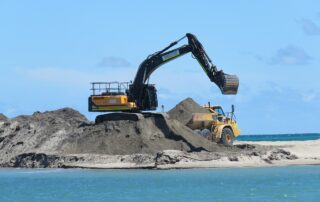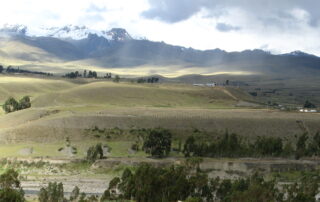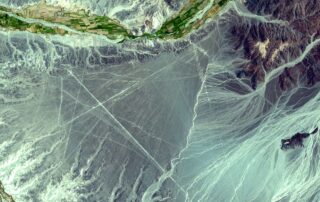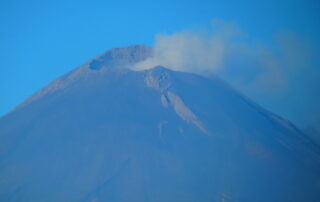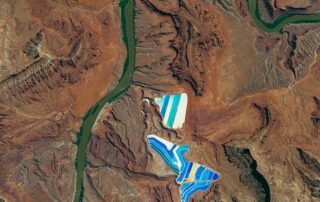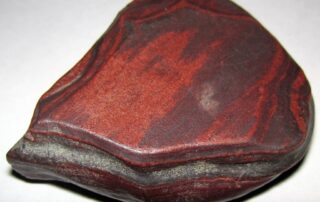Monoliths, Megaliths, and Ancient Quarries—Part 1
For thousands of years, ancient people collected and transported enormous rocks from quarries to carve their gigantic statues and shape blocks for pyramids, temples, and other monumental structures. The ancient Egyptians are particularly renowned for their work with massive blocks. They used around 200 different quarries over 3,000 years, and worked sandstone, limestone, basalt, granites, and many other types of rocks .

